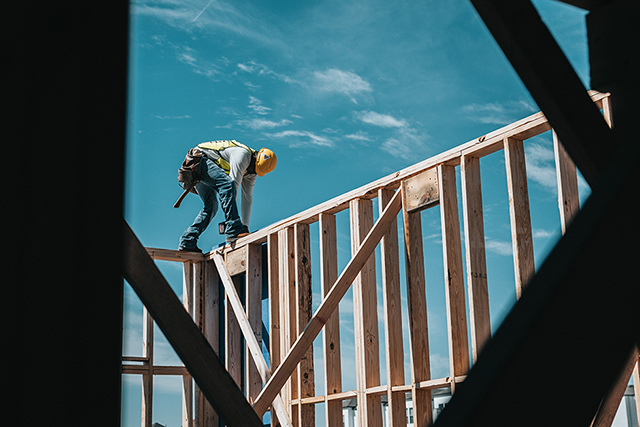June marked the largest monthly gain in Minnesota’s labor force in three years, the state’s jobs agency reported Thursday.
This is the fourth month in a row of “positive growth” in the state’s labor force. According to a news release issued by the Minnesota Department of Employment and Economic Development, June brought 9,017 new people to the Minnesota job market.
“More workers mean more good news for Minnesota. Our economy is strong with low unemployment, a growing labor force, and recognition as one of the top five states in the nation for business.” said DEED Commissioner Matt Varilek, who was appointed to the job in May. “While job growth didn’t continue this month, the long-term trend remains strong: out of the past 12 months, Minnesota has posted job gains in nine of them.”
Minnesota’s unemployment rate remained steady at 2.9% in June, still well below the national unemployment rate, which ticked down to 3.6%.
DEED noted that, while the labor force is growing in the state, Minnesota also lost 4,300 public sector jobs in the last month on a seasonally adjusted basis. The state’s private sector lost 6,500 jobs.
Most of the job loss came from the leisure and hospitality sector, which reported a loss of 5,300 positions over the prior month after an “atypical surge in hiring to meet high consumer demand coming out of the COVID-19 pandemic,” DEED noted in the release, adding that the sector’s employment is showing signs of returning to a more sustainable level.
Despite the jobs lost this month, the leisure and hospitality added 14,200 jobs over the last year. Growth over the year on the whole between both Minnesota and the U.S. is up 2.4%.






Welcome to the new normal. Workforce shortages are going to be the reality for the foreseeable future, and will likely get more difficult as time goes on due to retirement and generational changes. If I had advice for the MN government it would be: 1) Immigration needs to be leveraged as a way to meet workforce shortages, but we also need to consider what that means for things like housing, provision of healthcare, education, etc.; 2) Leverage our diverse ethnic communities as a marketing tool to get more people to move to Minnesota; and 3) Leverage our progressive political landscape and solid economy to get more young people to move here. These are the things that make MN better than other midwestern states and we need to embrace them. I think these approaches would help meet immediate workforce shortage needs, while also continuing to build a state where people can live well (yes, even if that means with government support) and actually feel like having a family would be a good idea.
What Tyler said. +1